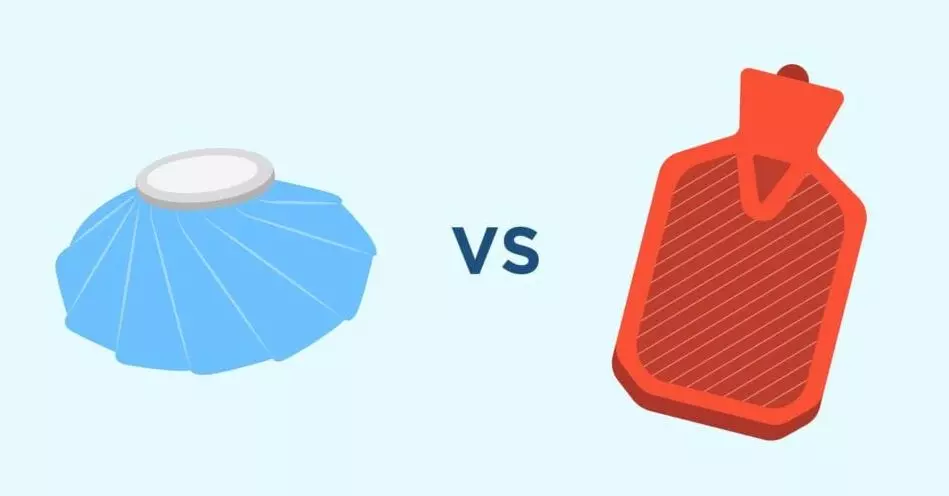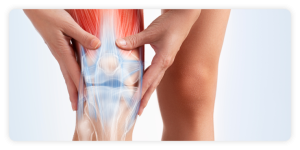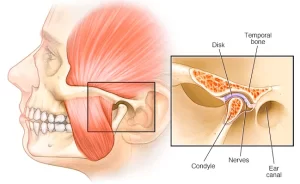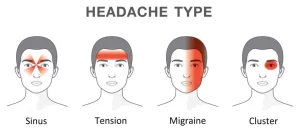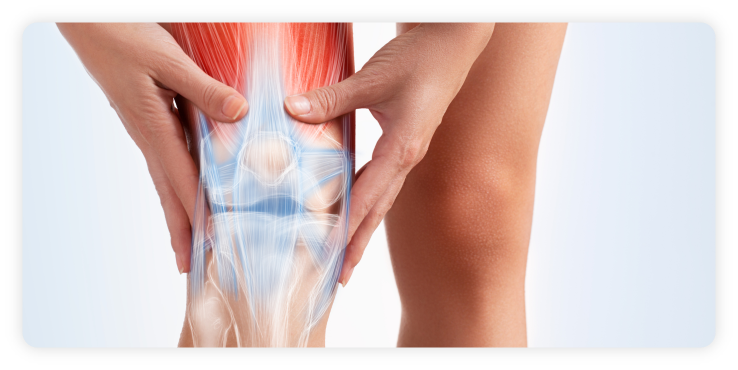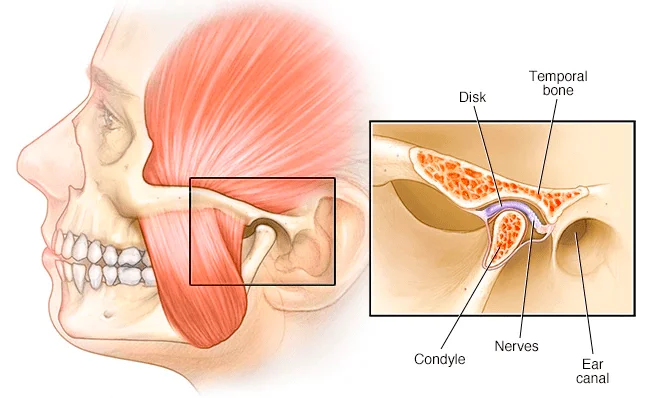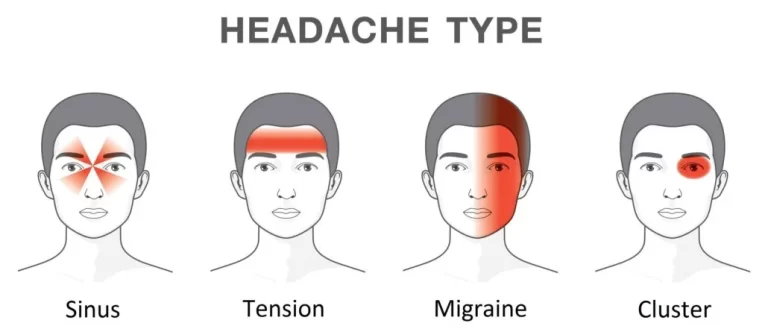I am a very active individual who works out 6 days a week and lately, I have been feeling pain coming from my shoulder after a strenuous HIIT session. I might have gotten it strained. What can I do to make it feel better?
When our body gets injured, it triggers an inflammatory response in order to initiate the healing process. It is the body’s natural defence reaction, and our body attempts to accelerate healing to the area by increasing fresh blood to carry oxygen and nutrients, as well as white blood cells (leukocytes) towards the site of tissue damage or infection. It only becomes detrimental when inflammation becomes excessive whereby the cells become stagnant causing necrotic damage to the tissues. The tricky part is knowing which situations call for cold therapy and heat therapy. As a general rule of thumb, cold therapy is suggested for acute injuries or pain, along with inflammation and swelling. Heat therapy is great for chronic injuries, muscle pain or stiffness.
So in which situations are cold therapy or heat therapy better?
When dealing with acute injuries, using cold therapy is more beneficial. Ice is a vasoconstrictor that helps to close capillaries and reduces blood flow hence limiting swelling and tissue damage. Using ice aids in bringing down the congestive effects of inflammation (oedema). The analgesic effect present in ice therapy slows down nerve conduction velocity which in turn reduces pain signals on the gate control system, lowering the need for painkillers.
Cold Therapy
Cold therapy is the most effective treatment within 72 hours of an injury, particularly for swollen and inflamed joints or muscles. The acronym RICE which stands for Rest, Ice, Compression and Elevation are the most crucial steps for you to observe when an acute injury happens. Cold therapy is usually advised in instances of migraine, acute ankle/knee sprains, muscle contusions, acute wry neck, plantar fasciitis pain, acute muscle strains/pulls and gout.
A cold compress can be conveniently made by filling a plastic bag with frozen vegetables or ice cubes and wrapping it in a dry cloth. The compress can be applied to the inflamed area for 20 minutes at one time. Going beyond 20 minutes can actually increase inflammation or cause muscle spasms. Rest at least 1 to 2 hours before repeating and only up to 5 times a day. On that note, ice should not be applied directly to the skin or bony portions of the spinal column.
Heat Therapy
In comparison, heat therapy is highly effective for chronic injuries and post-acute phase of healing. Heat is a vasodilator that opens up capillaries and increases blood flow, which consequently raises the supply of oxygen and nutrients to the area. When this happens, there will be an elimination of carbon dioxide and metabolic waste. Applying heat to an inflamed area increases the extensibility of collagen tissues, decreasing joint stiffness, reducing pain and relieving muscle spasms. Heat is also psychologically reassuring as it has the effect of relaxing the skeletal muscle by simultaneously decreasing the stimulus threshold of muscle spindles and decreasing gamma efferent firing rate. Heat therapy is especially useful for relieving neck/shoulder tightness due to postural compensation, back pain (out of acute stages), tight forearm muscles due to excessive tech devices usage, Patella tendonitis, Achilles tendonitis, tennis elbow and golfer’s elbow. Heat can also be applied when warming up stiff muscles or any dull aching type of pain.
Heat therapy is incorporated by applying safe heating devices to the affected area such as heat packs, heat wraps or steamed towels. With chronic injuries, moist heat is more effective than dry heat as water transfers heat quicker than air. Pro-tip, heat should normally be applied to the area for 20 minutes, up to 3 times a day to encourage the healing process.
Alternating Heat & Cold Therapy
For some situations, alternating heat and cold can assist to greatly increase blood flow to the injury. A technique commonly practised is the contrast therapy which means applying 20 minutes of heat followed by 20 minutes of cold. This creates a pumping effect (vasodilation/vasoconstriction) that assists in reducing inflammation which is purposefully useful when managing osteoarthritis pain, delayed-onset muscle soreness (DOMS) or exercise-induced muscle pain.
Contrary to the benefits of these therapies, open wounds or medical conditions such as diabetes, peripheral neuropathy and Raynaud’s syndrome is strongly not advisable for cold or heat therapy. On top of managing the injuries with these treatment modalities, it is recommended to consult a physical therapist to aid in rehabilitation and prevent recurrence of injuries.
